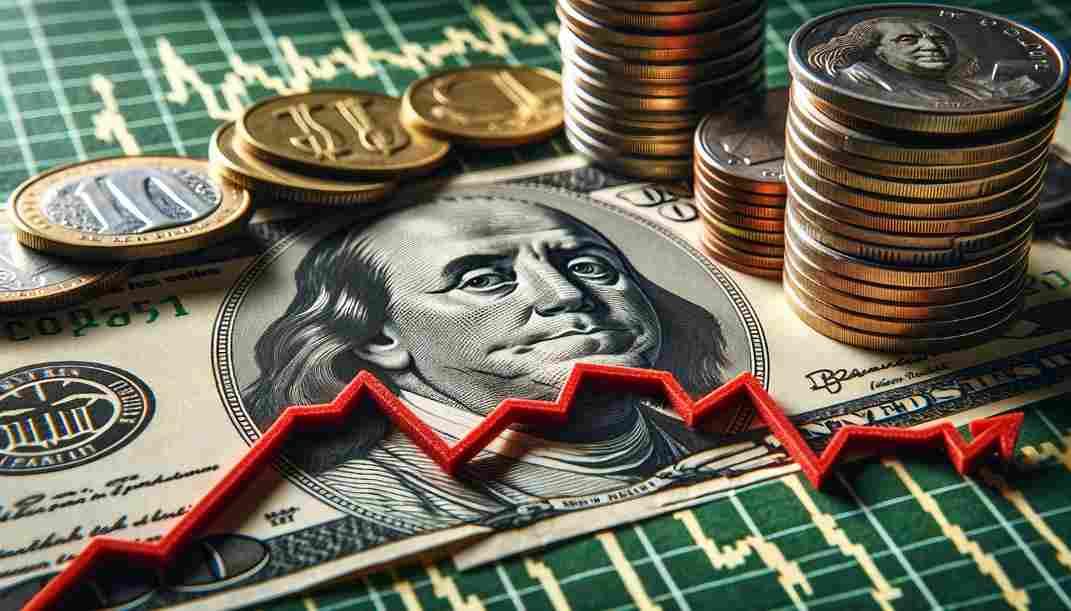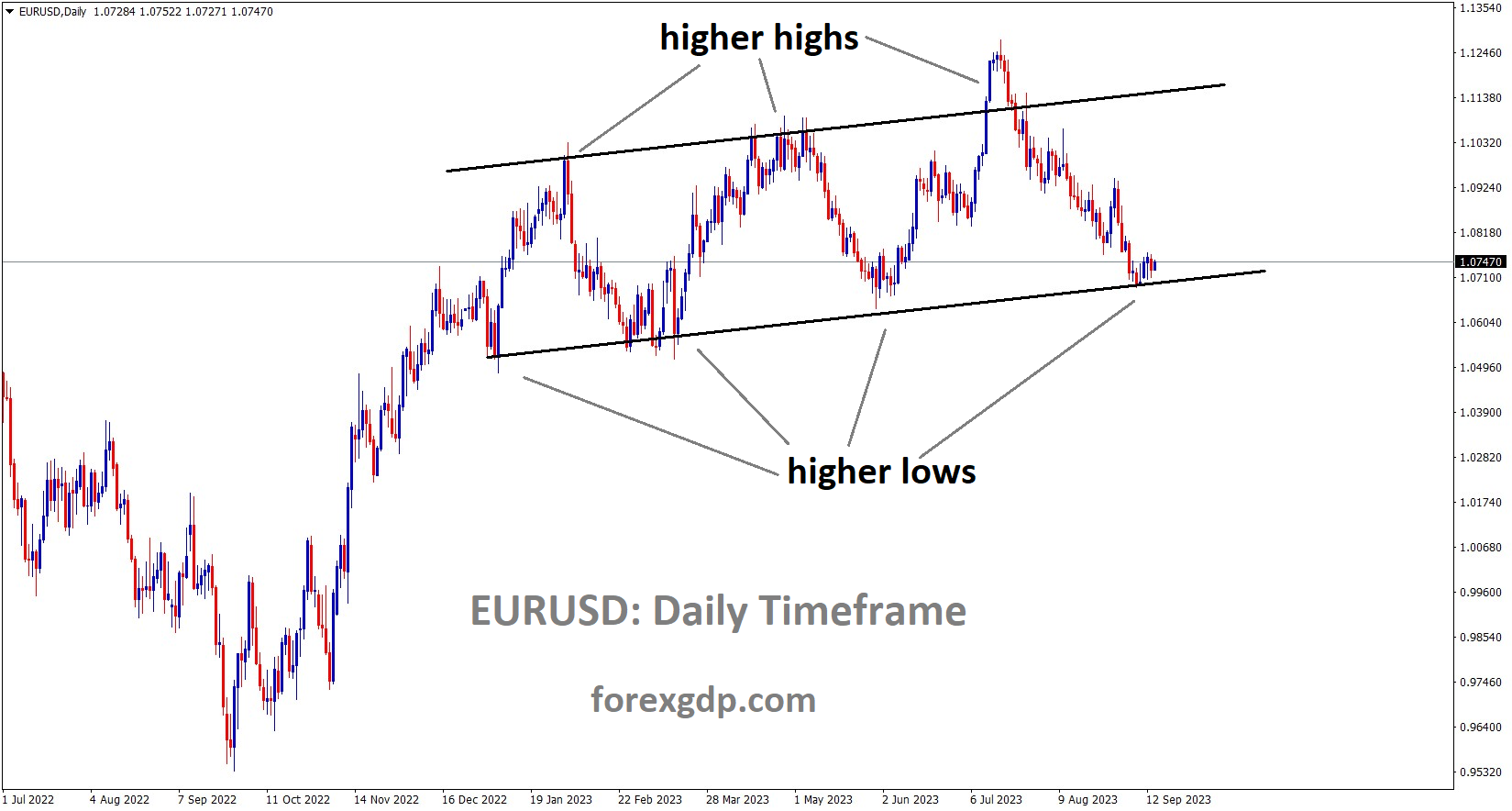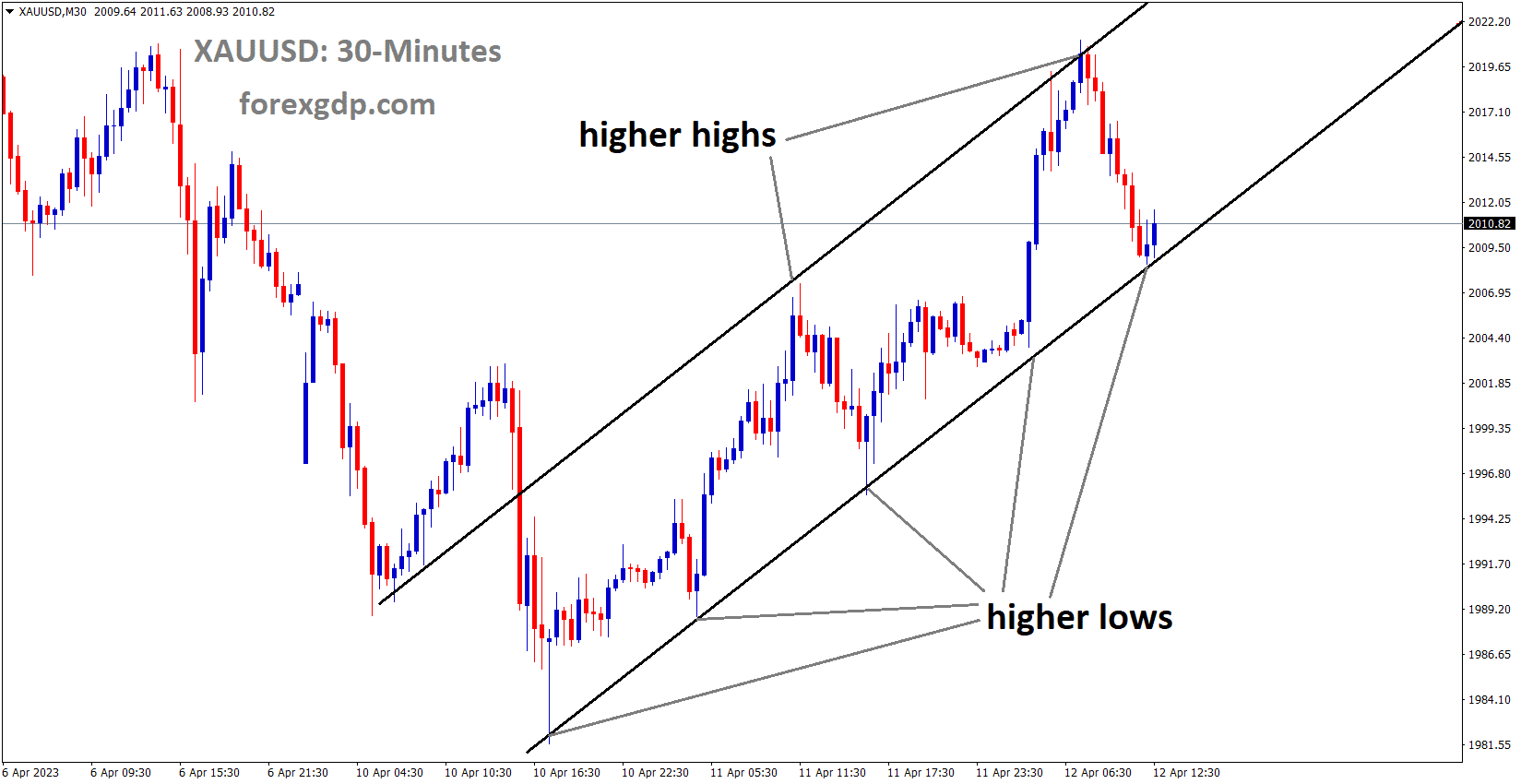Inflation Cools in the US: W hat It Means for You and the Economy
Inflation has been a hot topic for the past few years, impacting daily life, the cost of living, and broader economic policies. As inflation begins to cool down, people are eager to understand how it affects their wallets and what might come next. The most recent data from the US shows some promising signs, but there’s still plenty to unpack. Let’s dive into what the latest numbers reveal and what they could mean for the future.
Inflation Trends: A Look at the Latest Data
In the 12 months leading up to August, inflation in the US slowed to 2.5%, a decrease from July’s 2.9%. This is the lowest rate seen since February 2021. For many, this is a breath of fresh air, as it suggests that the rapid price increases of the past few years are finally tapering off.
Several factors contributed to this slowdown. The prices of gasoline, used cars, and trucks fell, helping ease overall inflation. Groceries, a common pain point for households, also saw some relief. Grocery prices were unchanged from July to August and only slightly higher compared to the same time last year, with less than a 1% increase. For a country that experienced sharp price hikes during the pandemic, this comes as welcome news.
However, it’s important to remember that inflation isn’t gone. Certain areas, like housing, remain stubbornly expensive. Housing costs actually rose unexpectedly, making it clear that while we’ve made progress, we’re not out of the woods yet.
Why Are Prices Still High in Some Areas?
While we see positive changes in fuel and food prices, other sectors, like housing and services, are still feeling inflationary pressure. This phenomenon is often referred to as “sticky inflation.” Unlike groceries or gasoline, which can fluctuate based on supply and demand, housing and services tend to adjust more slowly.
For example, rent has continued to rise, and services like airline tickets and car insurance remain costly. This isn’t surprising given the complex factors influencing these prices, such as rising labor costs, supply chain delays, and a general increase in demand. These sectors may not show the same rapid cooling as other areas of the economy.
Economists, like Brian Coulton from Fitch Ratings, caution that while the recent inflation data is encouraging, it’s still essential to stay grounded. “This serves as a bit of a reminder not to get too carried away with a few months of better inflation data,” he remarked. The stickiness of certain sectors, particularly housing and services, means that inflation could linger longer than expected in some parts of the economy.
What the Federal Reserve Might Do Next
The Federal Reserve (the US central bank) has been working to tame inflation for the past two years by raising interest rates. Higher interest rates make borrowing money more expensive, which can slow down spending and cool inflation. While inflation has dropped significantly from its peak of 9.1% in June 2022, the Fed’s job isn’t over yet.
The big question now is: Will the Federal Reserve cut interest rates soon? Some experts believe they might lower rates by 0.25% during their next meeting, given the latest inflation data. However, the possibility of a more significant rate cut seems slim.
Inflation may be slowing, but as long as housing and service prices remain high, the Fed will likely take a cautious approach. Cutting rates too quickly could reignite inflation, which is something they want to avoid at all costs.
Economist Paul Ashworth points out that, while inflation appears to be under control, “it hasn’t been completely vanquished.” The Fed will likely take a balanced approach, making small adjustments to interest rates without rushing into larger cuts. This gradual approach gives the economy time to stabilize without risking a return to higher inflation.
Why Interest Rates Matter to You
So, why should you care about what the Federal Reserve does with interest rates? Interest rates affect many aspects of your personal finances. If rates go down, it becomes cheaper to borrow money, which can lower mortgage payments, car loans, and credit card interest. This can boost consumer spending and make life a bit easier for those managing debt.
However, if rates stay high, borrowing costs remain elevated. This can be tough for those looking to buy a home, start a business, or even pay off credit card debt. On the flip side, higher rates can be good for savings accounts and investments, as they offer better returns.
How Everyday Americans Are Feeling the Changes
For many Americans, the effects of inflation are very real, and recent changes in prices are being felt in different ways. Take Jasmine Loeber, a stay-at-home mom from Pennsylvania. She’s been documenting her rising grocery bills on social media for the past few years as she, like many others, has had to adjust to higher prices. Recently, however, she’s noticed a shift. Jasmine shared that prices have started to become more manageable.
“I’ve noticed, over the last few months, they’ve got red tags on everything,” she said. This suggests that stores are beginning to offer more discounts, making it easier for families like hers to stretch their dollars. While she’s still careful about where and how she shops, focusing on budget-friendly stores and avoiding expensive brands, the lower prices have brought some much-needed relief.
However, Jasmine’s story also highlights that the financial pressure isn’t entirely gone. Housing costs are still a significant concern for her and her family, and she even mentioned that this was one of the reasons she didn’t plan on having more than one child. The combination of high rent and the lingering costs of living mean that, for many Americans, relief from inflation has been slow and uneven
Political Impact: Will Inflation Influence the Upcoming Elections?
Inflation is more than just an economic issue; it’s also a political one. As the US prepares for another presidential election, the cost of living remains a central topic. Both major political parties are aware that inflation, especially related to housing and everyday essentials, could sway voters.
Jasmine’s state, Pennsylvania, is a critical battleground in elections, and she represents many Americans who feel unsure about how much change their vote will bring. Even though prices are beginning to stabilize, broader concerns about the economy and long-term financial stability remain.
Many voters like Jasmine aren’t convinced that political leaders can make meaningful changes. This sense of uncertainty could play a significant role in voter turnout and decisions in the upcoming election.
What’s Next for Inflation and the US Economy?
The latest data on inflation is encouraging, but it doesn’t mean the issue is entirely behind us. Prices are cooling in some sectors, but the cost of housing and services still presents challenges. The Federal Reserve’s cautious approach to interest rates shows that, while progress has been made, there’s still work to do.
For everyday Americans, like Jasmine, the impact of inflation will continue to be felt in different ways. Some will find relief in lower prices at the grocery store and gas station, while others will continue to struggle with high housing costs. Ultimately, the road to stable, manageable inflation rates is ongoing.
Summary
Inflation in the US is finally showing signs of slowing down, offering hope for consumers and economists alike. While prices for essentials like gasoline and groceries have cooled, housing and service costs remain high. The Federal Reserve is expected to cut interest rates, but they’ll likely do so cautiously to avoid reigniting inflation. For everyday Americans, the effects of inflation are still a mixed bag. While some are finding relief at the checkout counter, others continue to grapple with high rent and other expenses. As we move forward, it will be essential to keep an eye on how these trends evolve and what they mean for the economy at large.
Don’t trade all the time, trade forex only at the confirmed trade setups
Get more confirmed trade signals at premium or supreme – Click here to get more signals , 2200%, 800% growth in Real Live USD trading account of our users – click here to see , or If you want to get FREE Trial signals, You can Join FREE Signals Now!









